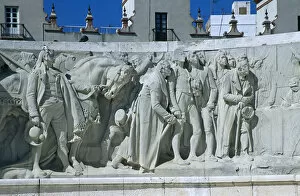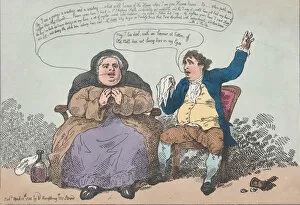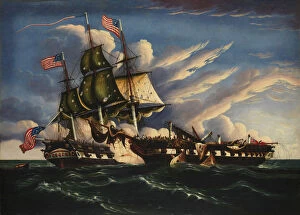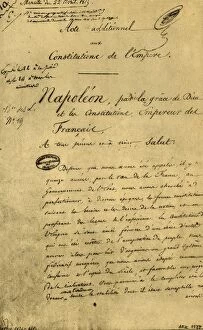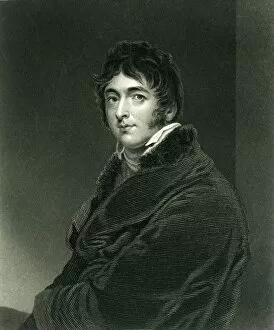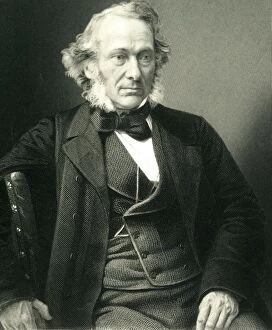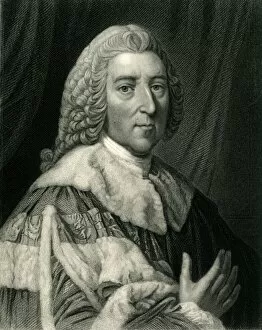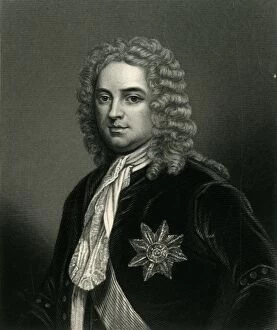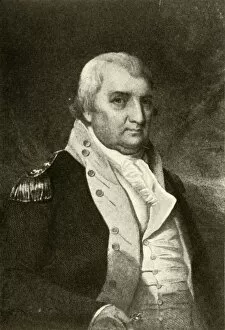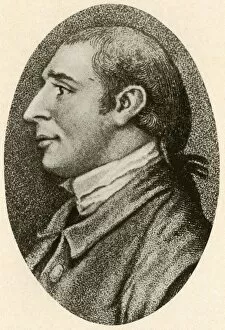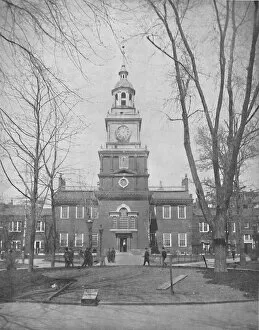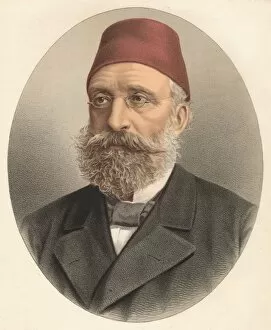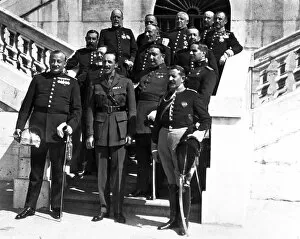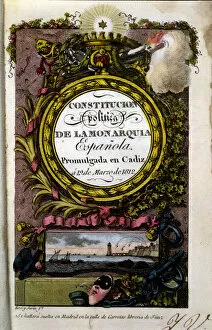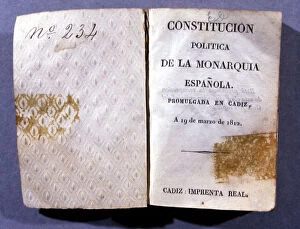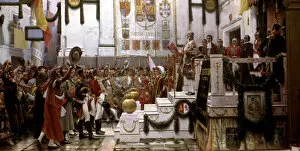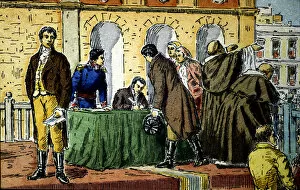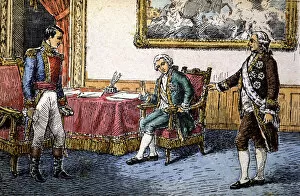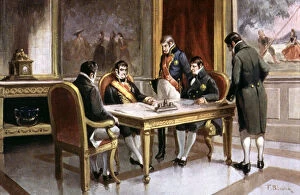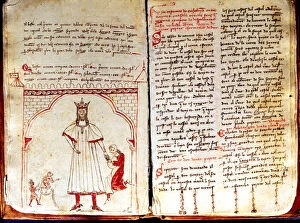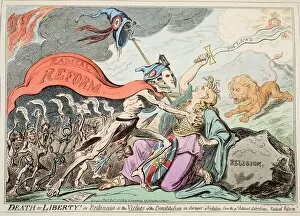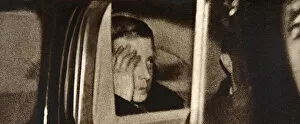Constitution Collection (#9)
From the birth of a nation to the fight for equality, the constitution stands as a timeless symbol of democracy and progress
For sale as Licensed Images
Choose your image, Select your licence and Download the media
From the birth of a nation to the fight for equality, the constitution stands as a timeless symbol of democracy and progress. Page one of the Constitution of the United States of America, 1787, forever etched in history, lays the foundation for a government by and for the people. As we reflect on its significance, we are reminded of pivotal moments like when Gordon Highlanders defended their rights or when women fought tirelessly for suffrage with the 19th Amendment in 1919. Across continents, such as in Uruguay's Plaza de Constitucion captured in a late 19th-century photograph, constitutions have shaped nations. Even leaders like Winston Churchill understood its importance and contributed to reconstructed state constitutions. The debates surrounding its creation at Philadelphia's Constitutional Convention in 1787 showcased passionate minds shaping our future. Let us not forget that it was this very document that declared independence from Britain in 1776 and paved the way for George Washington to preside over our great nation's formation. Through turbulent times depicted by cartoons like Britannia between Scylla & Charybdis or battles fought aboard USS Constitution 'Old Ironsides, ' this enduring testament remains steadfast – protecting our liberties and ensuring justice prevails.

